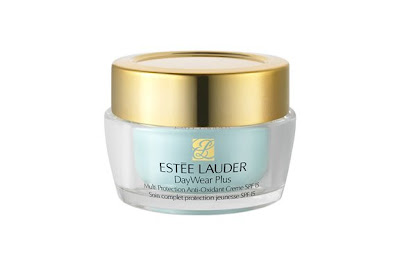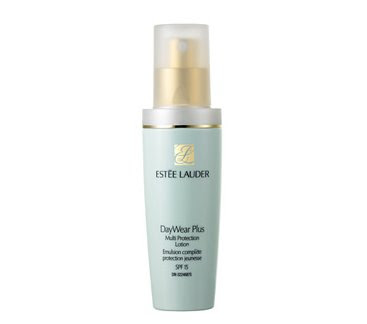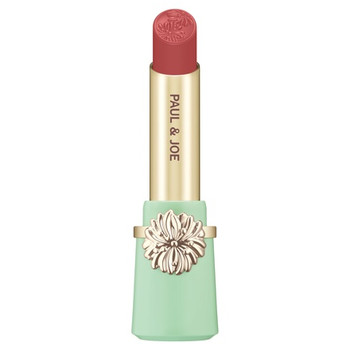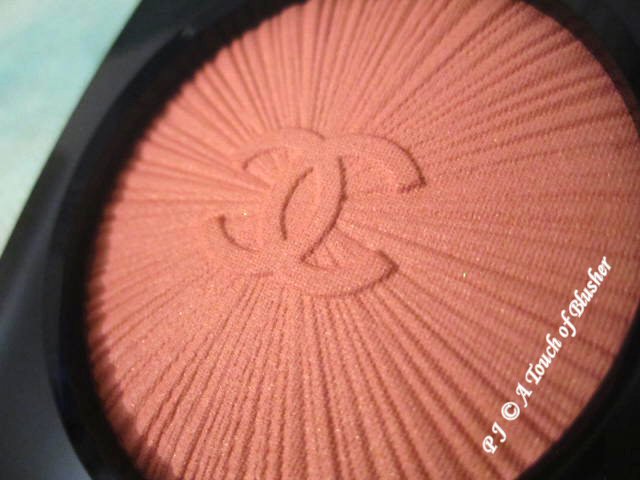More and more of us savvy customers know that high price does not necessarily equal high quality. But why are some products getting more and more expensive?
From the marketing point of view, price range and targeted consumer group almost define each other. High-end products (which are getting “higher” all the time) will always have a specific arena to thrive.
But, from a personal point of view, a perfect skincare product for someone, regardless of age, gender, or skin-type, can simply be from any price range. As long as we have the adequate knowledge, the rest is mere preference.
I don’t necessarily see anything wrong with going for a relatively expensive moisturizer if it happens to be a well-formulated product that has a consistency, texture, and aroma that suit or appeal to someone. A good moisturizer will indeed hydrate the skin, improve its feel and texture, maintain its good condition, and delay the appearance of signs of aging.
However, I think it is wrong to assume, believe, or dream that a fancy and pricey face cream will permanently erase any wrinkle or lift any part of our faces. (That is what plastic surgery is for.) Many cosmetics companies know how dreams and promises are worth, and they are putting them on the price tags and touting them with provocative but ambiguous language.
I remain skeptical of the word “anti-aging” as a marketing term. An enduringly successful marketing term as it has proven to be, the word itself can be rather misleading. It creates a whole new genre of skincare products, but, unfortunately, some of them are shockingly redundant.
It is a blessing to able to have and afford choices, but let’s all know more about what we are paying for…
Catch up with previous posts in A Touch of Blusher’s Anti-Aging Series:
5-1: Wisdom from Mom
5-2: Top of the Chart
5-3: The Only Words You Need to Know
5-4: The Best 10 Minutes You Could Ever Spend
{ 5 comments }





